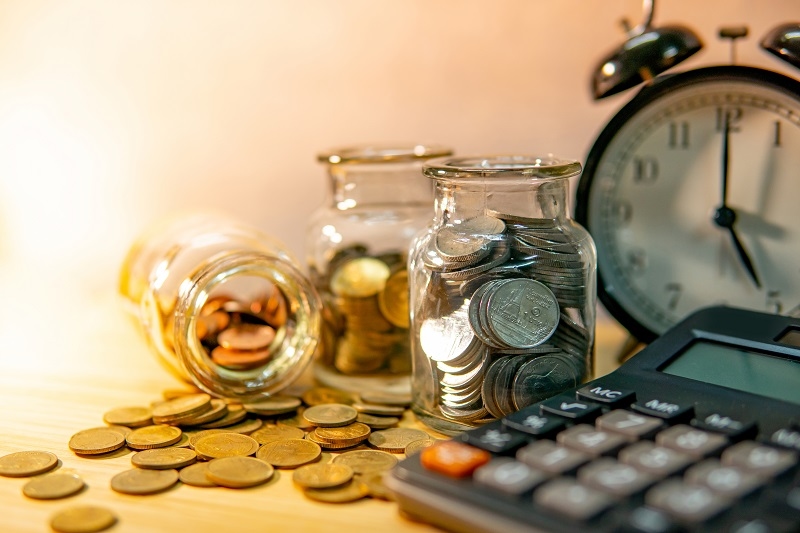
Life may be unpredictable. Whether it is an activity loss, clinical emergency, vehicle repair, or domestic protection disaster, having an emergency fund in the area can make all the difference between peace of mind and financial chaos. Unfortunately, many humans underestimate the significance of saving for the unexpected—until it’s too overdue.
In this guide, we’ll cover the whole thing you need to know about beginning and growing your emergency fund, consisting of how a good deal emergency savings is needed, where to stash it, and clever ways to build an emergency fund rapid. Whether you’re simply getting started or playing it safe, you’ll find practical, actionable steps to shield your price range and prepare for something that comes your way.
Your emergency fund is the protection net that protects you from financial freefall. It’s no longer approximately saving for fun or retirement—it’s about saving for sudden charges that could otherwise derail your entire economic plan.
Here’s why it’s vital:
Even a modest emergency fund goal can help you navigate hard instances with self-belief. And whilst lifestyles throw a curveball—because it constantly does—you won’t be scrambling to cover bills or piling on high-interest debt.
Determining how much emergency savings you wish to have relies on your way of life, duties, and income. There’s no one-size-fits-all variety, but economic experts generally suggest 3 to six months’ worth of living expenses.
Consider the subsequent:
For example, if your monthly costs are $3,000, your emergency fund intention has to range from $9,000 to $18,000. If you're self-employed or have a variable profit, the goal for the stop that variability.
However, don’t let big numbers scare you. If that seems unreachable, begin with a mini aim—like $500 or $1,000—and build your emergency fund fast from there.
Don’t watch for the precise second to begin—just start. The faster you build your emergency fund, the sooner you’ll experience on top for things. Here are established techniques to ramp up your financial savings quickly.
When your awareness is to build an emergency fund fast, small sacrifices can lead to large wins in a short time.
One commonplace delusion is that you want a huge income to start saving for unexpected expenses. But the reality is—it’s all approximately priorities, no longer paychecks. Here's a way to make it work regardless of your earnings stage.
Budgeting isn’t restricted—it’s approximately intention. Prioritize your emergency fund purpose, and the savings will follow.
Once you’ve began constructing your fund, you’ll want to determine at the best area to maintain emergency cash. The perfect account is secure, liquid, and separate out of your spending account.
Avoid keeping emergency cash in unstable investments like shares or mutual budget. If the marketplace drops whilst you need the cash, you could take a loss. Keep your emergency fund liquid and protected.

Your emergency fund is supposed for real, unavoidable charges—not needs, luxuries, or maybe deliberate purchases.
Stick to the rule of thumb: If it is not urgent, essential, and surprising, it’s no longer an emergency.
Breaking your emergency fund aim into smaller milestones could make the process more attainable. Try this tiered approach:
Each level brings you greater protection and peace of mind. Celebrate each win alongside the manner—just not by means of spending your financial savings!
Emergencies happen—that’s the point of getting a fund. But what takes place after you operate it?
Prior to investing in retirement, saving for a home, or planning for college, you should have an emergency fund. It’s the inspiration that keeps the whole lot else from crumbling.
It’s no longer glamorous, but it’s powerful. Prioritizing your emergency fund intention is one of the smartest monetary decisions you can make.
An emergency fund serves as your first line of defense against life's unexpected setbacks, whether they be a necessary car repair, a scientific emergency, or a loss of activities. Unexpectedly, building one can provide both financial stability and mental peace. Prioritize saving even a tiny component of each paycheck, begin small, and be constant. Use budgeting tools for music development and avoid dipping into your fund for non-emergencies. The sooner you begin, the earlier you’ll gain self-assurance knowing you’re prepared for the unexpected. Take management of your destiny—begin building your emergency fund these days and create a cushion that supports your desires, not just your setbacks.
This content was created by AI